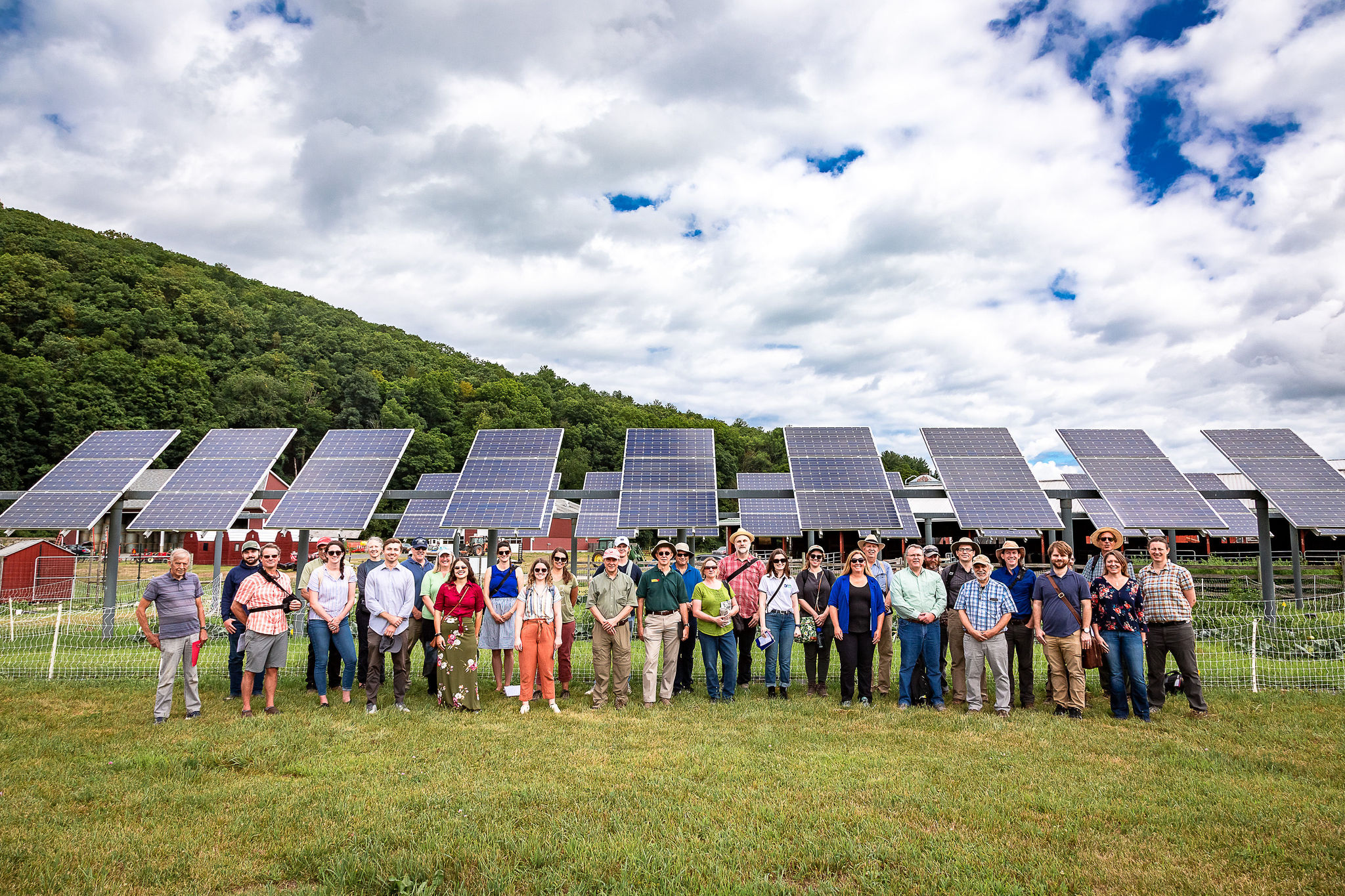About the AgriSolar Clearinghouse
The AgriSolar Clearinghouse is a nationwide hub developed by the National Center for Appropriate Technology to connect businesses, landowners, and researchers with trusted resources to support the growth of co-located solar and sustainable agriculture, also known as agrisolar or agrivoltaic development.
We believe that by co-locating solar and agriculture, we can harvest the sun twice, expand clean energy opportunities in rural America, improve farm profitability, create thriving solar ecosystems, increase community resilience, and help keep farmer lands in farmers’ hands.
Solar developments will cover over 3 million acres of land in the next ten years. If these lands become energy-only production it will impact farms, habitat, soil health, and communities. When designed and managed with best practices, agrisolar can:
- Diversify farm revenue,
- Increase rural energy independence,
- Decrease crop irrigation by half,
- Increase solar panel efficiency,
- Promote grazing as vegetation management,
- Increase soil organic matter and carbon accrual,
- Improve ecosystem health,
- Support native species, and
- Triple local pollinators like bees, butterflies, birds, and bats.
Frequently Asked Questions
Q: What is agrisolar?
A: Agrisolar is combined land use for solar energy and agriculture. It includes grazing livestock under and around solar panels, developing pollinator habitat and apiaries near solar arrays, growing crops under and around solar panels, and powering agricultural operations with solar energy. To learn more about each of these topics, visit our extensive Information Library
Q. What are aquavoltaics?
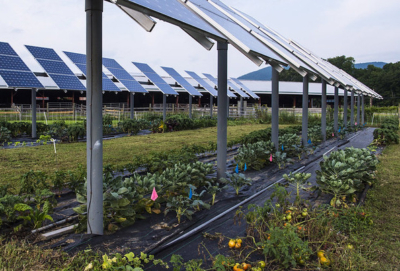
A. Also known as flotavoltaics, aquavoltaics is a term for placing solar panels on waterways, such as storage ponds, irrigation waterways, and reservoirs. Learn more about aquavoltaics in our Information Library.
Q. What animals can graze under solar panels?
A. Sheep work best for grazing under solar panels, and they can eliminate the need for mowing or vegetation management under the panels. There are new solar racking systems under development that can to accommodate cattle, such as the design by Helical Solar. Poultry and rabbits can also be kept under solar panels.
The American Solar Grazing Association is an excellent resource for best practices, resources, and financial information and there are extensive solar grazing resources in our library.
Q. Is there a way to determine if a pollinator area or apiary could inadvertently be sprayed with pesticides?
A. Yes. Programs such as Drift Watch, a voluntary communication tool that enables crop producers, beekeepers, and pesticide applicators to work together to protect specialty crops and apiaries through use of mapping programs, can help with this.
Q. Are beehives placed directly underneath the solar panels or near the solar panels?
A. Beehives, or apiaries, can be placed directly underneath the solar panels, but it is common to locate the apiary outside the main perimeter fencing of the solar site, particularly when the beekeepers are leasing their hives to the solar operators. In determining a location for the apiary, consider access, security, shade, wind patterns, and potential fencing to protect the hives from predators.
See the Solar Beekeeping Agreement Template for more information.
Q. What crops grow best under solar panels?
A. In general, shade-tolerant, low-height plants that are hand-harvested work best. Examples include strawberries, tomatoes, salad greens, herbs, peppers, and gourds. You can find more information in our library of specialty crops information here.
Q. Can I burn the fields under solar panels?
A. No. You shouldn’t burn under or near solar panels. It could damage the solar equipment and lead to electrical fires, downed power lines, and danger to line workers.
Q. Can I use solar to power the irrigation on my farm?
A. Yes. Solar-powered irrigation is an excellent option, particularly if the irrigation is not near utility service. A solar irrigation system includes solar-powered pumps for the water-distribution system.
Q. Are there alternatives to placing solar on productive farmland?
A. Yes. There are many types of land that can be used for agrisolar development that are not productive farmland. This includes border lands, hedgerows, buffer lands, prairie strips, roadways, fence land, degraded lands, farm building rooftops, and on waterbodies.
We’re working with our partners and stakeholders to develop best practices around protecting and conserving farmland while promoting dual-use solar and will publish them as soon as possible.
Additionally, single-use solar developments can be converted to agricultural lands. Examples include incorporating grazing at solar sites, adding apiaries to solar sites, developing pollinator strips and pollinator habitat around solar sites, and reclaiming the land under and around solar panels to include specialty crops, grazing, poultry, and shade spaces for farm workers.
Staff, Partners, and Stakeholders
Meet NCAT’s AgriSolar Clearinghouse Team
NCAT’s team of agrisolar experts are ready to provide technical assistance, develop best practices, disseminate trusted research, lead field trips, and create publications, case studies, webinars, podcast, and films to support the agrisolar community.

Anna Richmond-Mueller

Marisa Larson

Laura Howe

Chris Lent
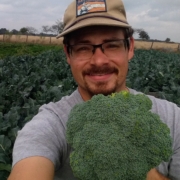
Cody Brown

Carl Bernsten

Luz Ballesteros Gonzalez
Meet the AgriSolar Partners
Our partners include the leading experts in AgriSolar in the country. They are here to provide cutting-edge research, technical assistance, facilitate relationships, and develop best practices media.
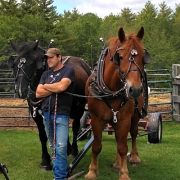
Nick Armentrout

Greg Barron-Gafford, PhD
Greg Barron-Gafford
PhD, Biogeographer
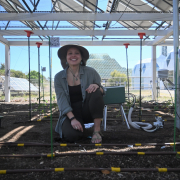
Alexis Pascaris

Jordan Macknick

Lee Walston

Phal Mantha

Emily Griffith

Rob Davis

Rebecca Efroymson, PhD

Amy Johnson, PhD

Heidi Kolbeck-Urlacher

Iara Lacher, PhD

Kevin Richardson

Makenna Sellers

Scott Sklar

Paul Sturm

Chris Terrell
Meet the AgriSolar Stakeholders
Our stakeholder group serves as a review board for the Clearinghouse. It includes leading experts in solar grazing, pollinator habitat, farmland conservation, agrivoltaics, and rural affairs.
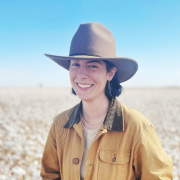
Kathryn Beros
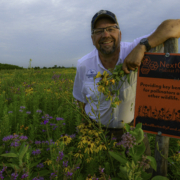
Peter S. Berthelsen

Derrick Chapman

Savannah Crichton

Alex DePillis

Jessica Fox

Lexie Hain

Chuck Hassebrook

Sonja Howle

Daron Joffe
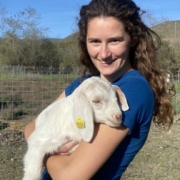
Emma Kampherbeek

Knowledge Murphy

David Murray

Brian Naughton

Christopher Pike
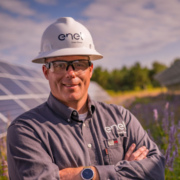
Jesse Puckett

Cody Smith

Shannon Scarborough

Lucy Stolzenburg


